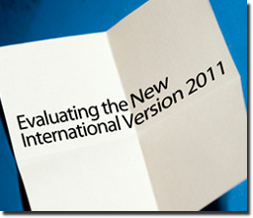Reprinted with permission from As I See It, which is available free by writing to the editor at dkutilek@juno.com.
Note: This study was first composed in 1996 and published that year by Interdisciplinary Biblical Research Institute as research report no. 45, a thirteen-page booklet (ISBN 0-944788-45-9). It was an attempt to clarify issues in the “Bible texts and translations controversy” by carefully defining and explaining terms which are often bandied about by those who seem to have limited understanding as to their actual meaning. It has not previously appeared in As I See It and is presented here with minor alterations. It is supplied with extensive notes, which should be read.
The New Testament was inspired by God, and came from the pens of its writers or their amanuenses in infallible form, free from any defect of any sort, including scribal mistakes. However, it is evident from the facts of history that God in His providence did not choose to protect that infallible original text from alterations and corruptions in the copying and printing process. Scribes, and later printers, made both accidental (usually) and deliberate (occasionally) changes in the Greek text as they copied and propagated it. As a result, the surviving manuscript copies (as well as printed editions) of the New Testament differ among themselves in numerous though usually trivial details.



 Republished with permission from
Republished with permission from 
Discussion